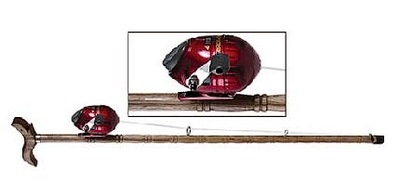It’s not much of a glance – but it’s the best we’ve been offered to date. The fabled Chanel flyrod, priced at a paltry $18,000 dollars – is carbon fibre, and comes with matching reel and a box of flies.
Hell, that’s enough for half of you to ask Mommy can you … She’ll say no, and rightly so – everytime she’s mentioned Chanel to you – you rolled your eyes and forbade everything.
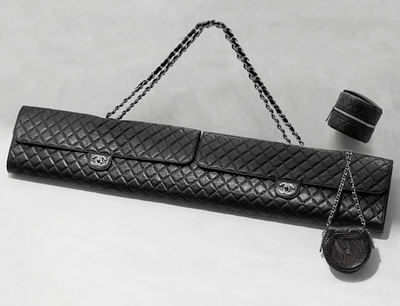
The case bears the all important logo, and a canny fellow would take a bandsaw betwixt the flaps, creating two purses – one for the missus, and one to auction off on eBay, defraying the cost of your purchase.
The fly box, with fetching chain adornment, will match nicely with the debutante-micro-dog crowd – all they ever carry is Poppa’s credit card and a condom…
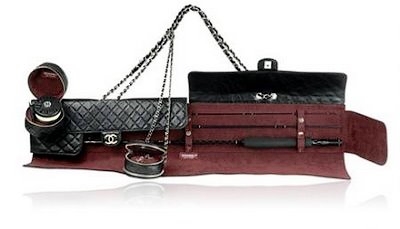
We never use this stuff anyways, and likely the reel case would be a dramatic gift to Grandma – as a couture denture holder. A canny lad could come out ahead on the purchase – if good feeling has a dollar value.
I confess to being disappointed, all I can see is a synthetic grip, a full metal reel seat, a couple bugs in a box – and some nameless reel that doesn’t appear to be anything special.
As the real Coco Chanel was an ardent angler – I half expected them to come up with some form of tribute with both style and function. Instead, we get a warranty invalidated if the rod gets damp.

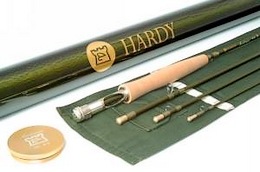 I’ve always been keen on innovation – perhaps too keen, as occasionally new becomes trifling rather than mainstream. Watching the influence of competitive fly fishing overseas and the evolution in fly tackle spawning from Czech nymphing, is largely unnoticed by US anglers.
I’ve always been keen on innovation – perhaps too keen, as occasionally new becomes trifling rather than mainstream. Watching the influence of competitive fly fishing overseas and the evolution in fly tackle spawning from Czech nymphing, is largely unnoticed by US anglers. Southwick Associates
Southwick Associates At least they’ve published
At least they’ve published 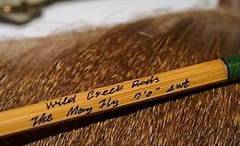 A split bamboo rod for less than the cost of a graphite?
A split bamboo rod for less than the cost of a graphite?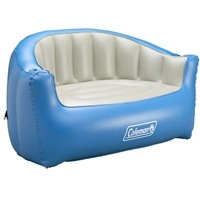 I’ve been struggling with the need to update my aging float tube, now I’m glad I waited.
I’ve been struggling with the need to update my aging float tube, now I’m glad I waited.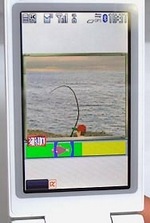 Skipping the fishing to go straight to the catching part sounds potentially cheaper, but the virtual odds sound much too realistic to be a cost savings.
Skipping the fishing to go straight to the catching part sounds potentially cheaper, but the virtual odds sound much too realistic to be a cost savings.
 I’m guessing this is proof positive that only the fishing part is bad for you; the financial drain, societal shunning, and the debris field of destroyed relationships aren’t cited – so only fishing causes those..
I’m guessing this is proof positive that only the fishing part is bad for you; the financial drain, societal shunning, and the debris field of destroyed relationships aren’t cited – so only fishing causes those..